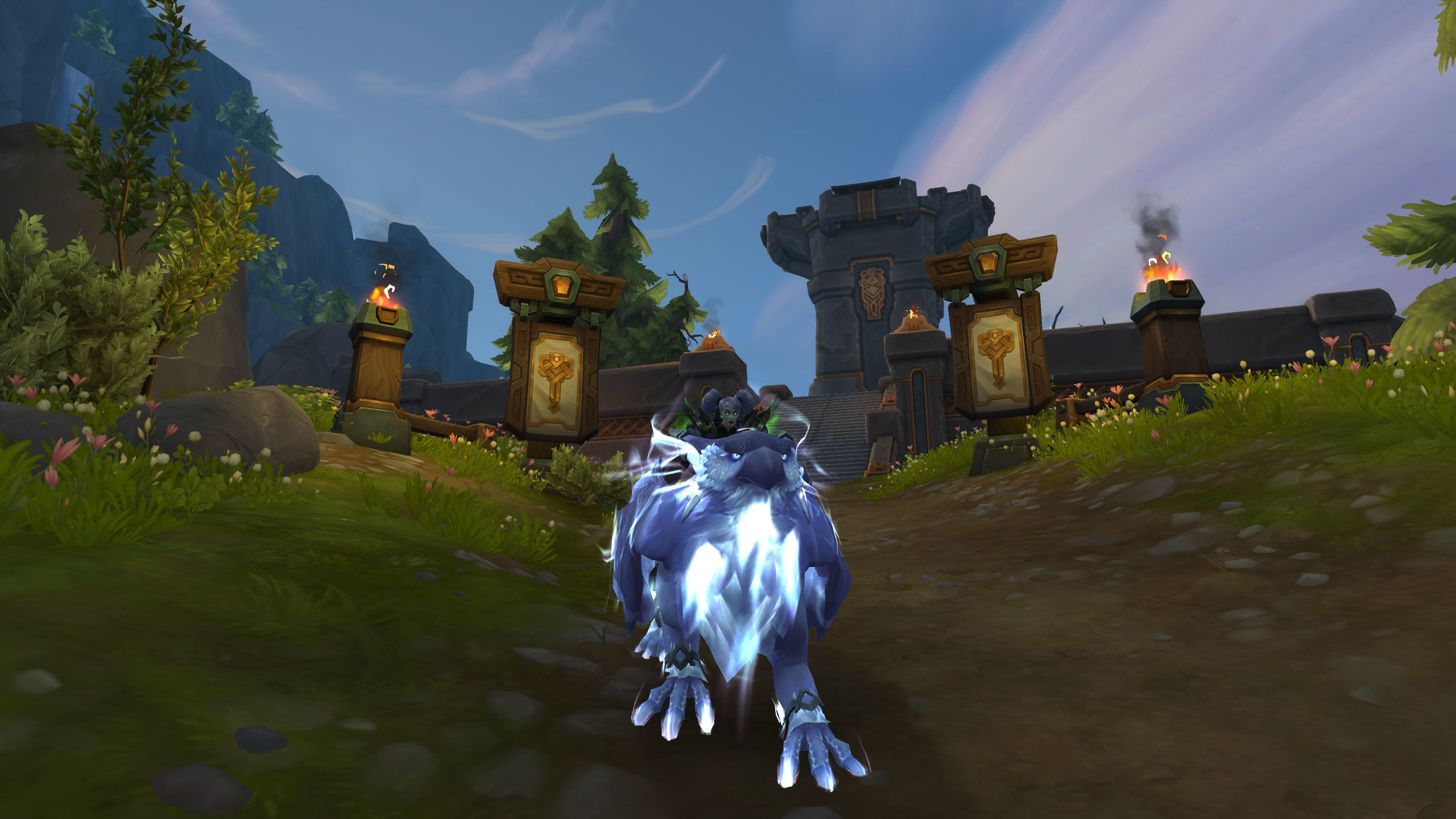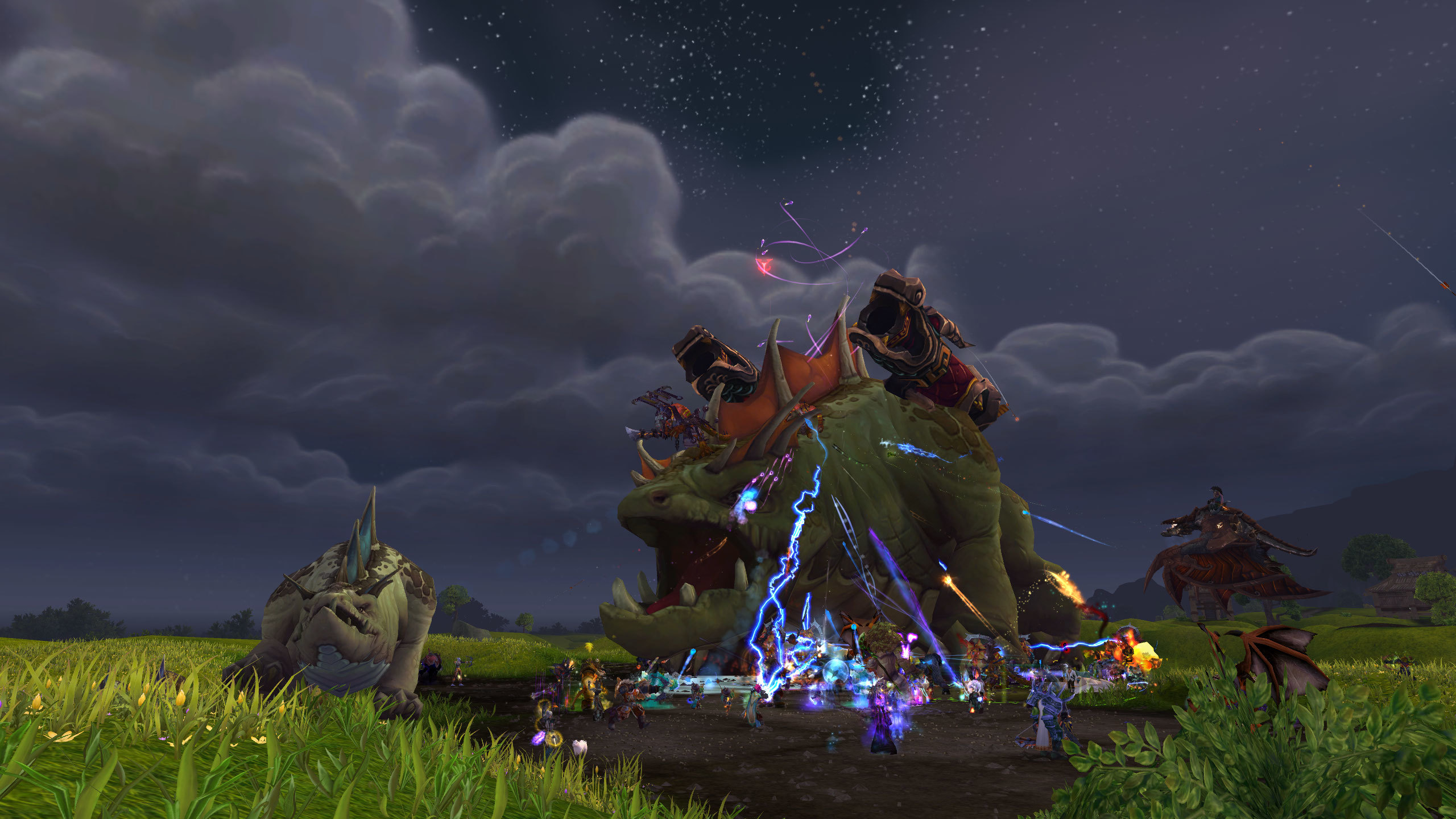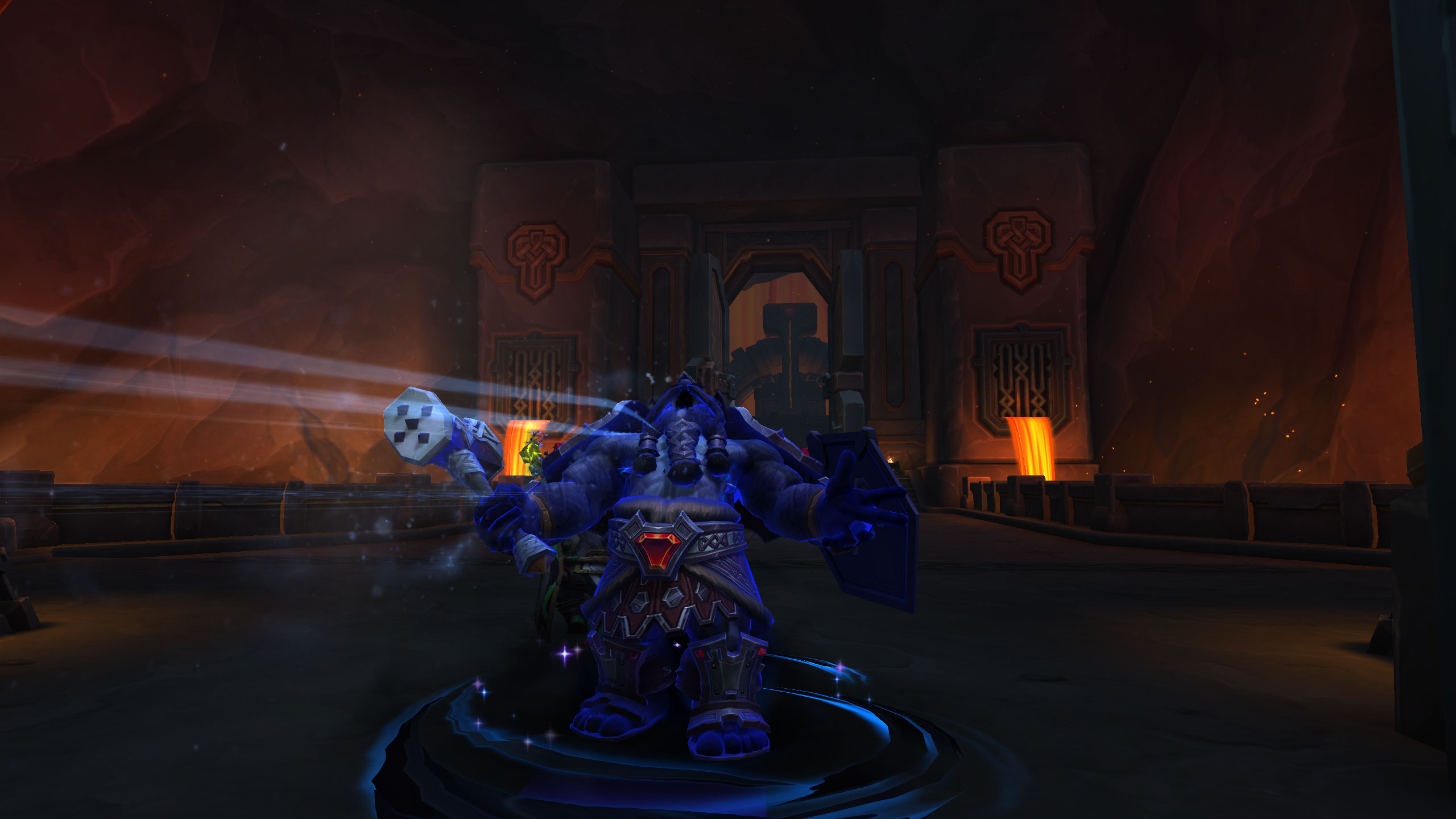Few forces in Warcraft’s history have left such an enduring scar as the Scourge. More than just undead soldiers, they represent the collapse of will, the death of autonomy, and the horror of being aware yet enslaved. The Scourge are not simply villains—they are victims bound to endless torment, their tragedy lying in the loss of their humanity as much as their lives.
This article explores why the Scourge endure as one of World of Warcraft’s most haunting creations, examining the mix of fear, sorrow, and symbolism that keeps their story unforgettable.

The Birth of Horror Through Control
The Scourge began as an instrument of the Lich King—a divine plague turned weapon, designed to annihilate kingdoms under the illusion of salvation. Unlike demons or void creatures, the Scourge were once living beings. That shared humanity makes their story far more disturbing. They remind players of what happens when purpose is twisted into obedience.
When Arthas Menethil took Frostmourne and became the Lich King’s champion, the line between savior and monster vanished. His army of fallen soldiers followed not by choice, but compulsion. It is this loss of self, not just death, that defines their terror.
The Tragic Symmetry of the Lich King
Arthas represents the perfect mirror of the Scourge’s despair. He willingly chose corruption, believing it a necessary sacrifice. The tragedy lies in his awareness—unlike his undead minions, he knew the cost of his decision. His fall from noble paladin to tyrant king reflects the Scourge’s central theme: that power purchased through pain destroys both master and slave.

Even after Arthas’s defeat, the helm passed on. The cycle continued, proving that the Scourge was never about one man—it was about the persistence of despair itself.
The Undead as Symbolic Reflection
The Scourge embody existential horror. They blur the line between life and death, showing how identity can persist even after the soul’s departure. Unlike demons, they feel, remember, and regret. Their agony is perpetual—a living purgatory echoing humanity’s fear of losing meaning after mortality.
Their cities, like Icecrown and Naxxramas, are monuments to stagnation—frozen moments in time, immune to decay yet devoid of life. Through them, Blizzard explores not destruction, but paralysis: the cost of refusing to let go.
The Aesthetic of Fear and Despair
The Scourge’s visual design reinforces their emotional weight. Every sound—chains dragging, wind howling, whispers in Frostmourne—turns atmosphere into dread. The palette of cold blues and gray metals isn’t just style; it’s psychological conditioning. Players instinctively feel isolation when walking through Icecrown because every texture communicates absence.

The table below outlines how Blizzard’s design choices turn aesthetics into emotion:
| Design Element | Symbolism | Emotional Effect |
|---|---|---|
| Frozen landscapes | Stasis, unending suffering | Hopelessness |
| Chains and armor motifs | Bondage and loss of autonomy | Claustrophobia |
| Blue spectral lighting | Death without decay | Cold detachment |
| Whispered voice cues | Remnants of identity | Unease and empathy |
Through these design layers, the Scourge transcend simple villainy—they become a meditation on mortality itself.
Redemption and the Echoes of Freedom
Even within this despair, Blizzard seeds moments of fragile hope. The Forsaken emerged as freed Scourge, struggling to reclaim their will. Yet their existence shows how trauma persists even after liberation. Sylvanas’s arc, for example, reflects the psychological aftermath of enslavement—the question of whether freedom after control can ever be whole.

These shades of gray make the faction more than monsters—they’re survivors, broken by what they’ve endured but unwilling to disappear quietly.
Conclusion
The Scourge remain terrifying not for their strength, but for their truth. They mirror our fears of losing purpose, identity, and compassion. Their tragedy lies in being aware of their damnation and yet powerless to escape it. Even as Azeroth heals and new wars rise, the memory of the Scourge endures—a frozen reminder that the worst horrors are those that remember what it means to be human.





Leave a Reply